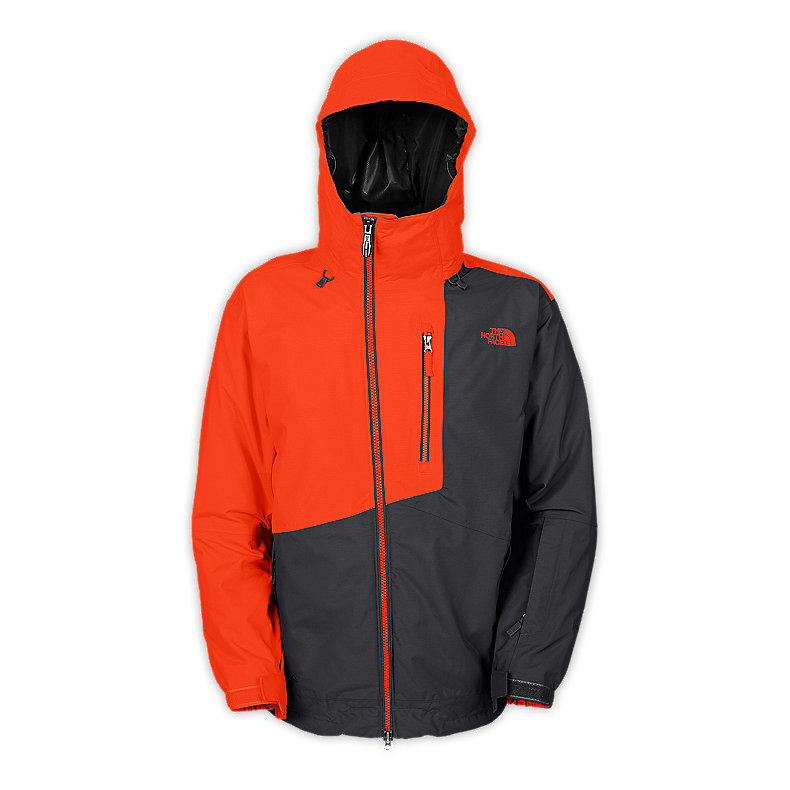With this puzzle the strategy used is filling in because you must be able to see that there can be a series of squares made be connecting the dots with lines. If we were unable to close in on the connection of the dots in the blank space, we would not be able to find all of the squares that are possible. Neither of us were able to come up with the correct amount and both came up with 17, when the actual solution is 21 squares. While finding this out, I read that when this puzzle was created in 1893 the original solution was 17 and it was not for several decades before the solution was updated to 21, so I did not feel so bad about not finding them all.


The next puzzle was a little bit more tough, and the strategies employed were first finding the correct way to travel through each of the patterns without having to cross over the same path. On some of the patterns it was easier to close in on the correct path then others. The next is pattern completion because even though there are many different starting points for tracing each pattern, there is only one correct way to trace each one, if possible. This means we had to complete the pattern from the start to finish.





